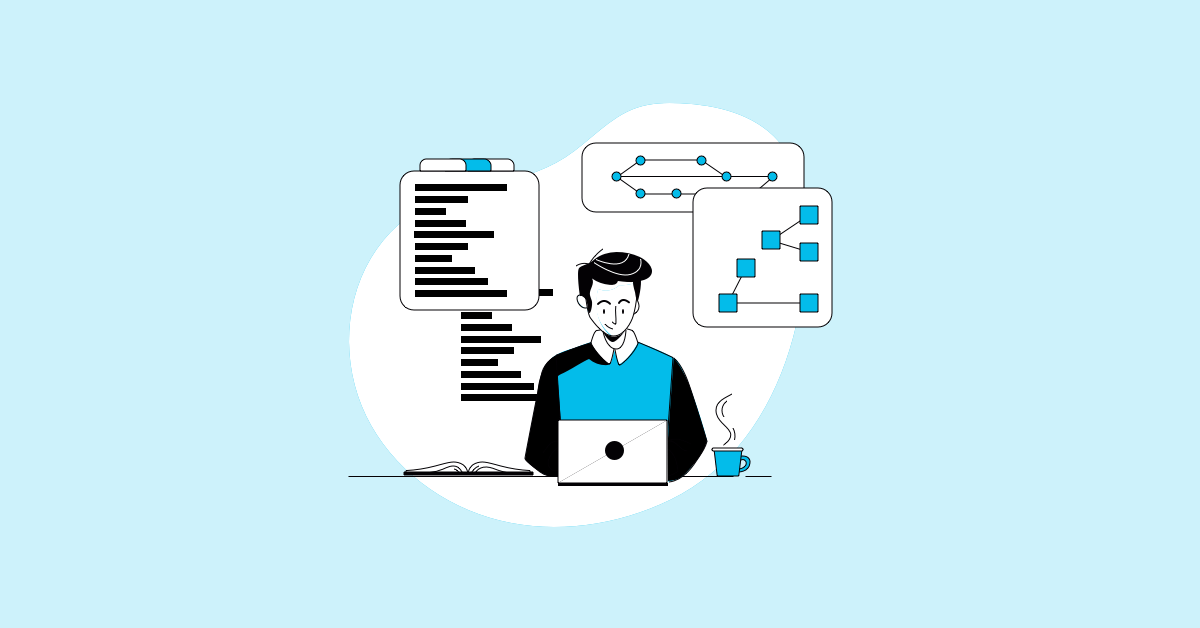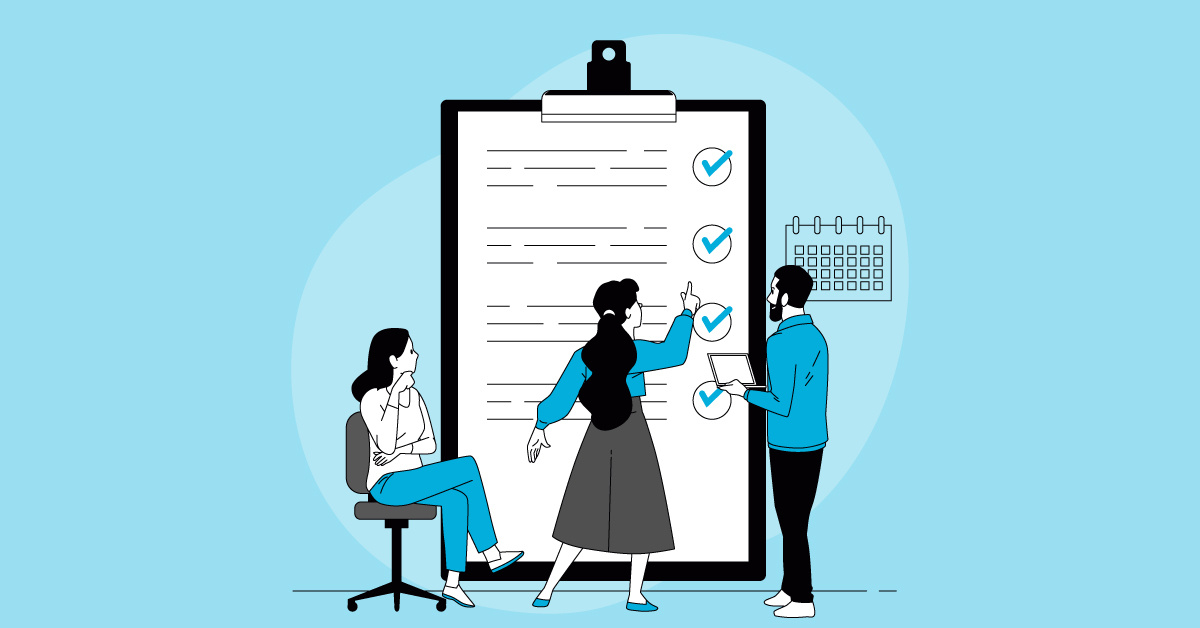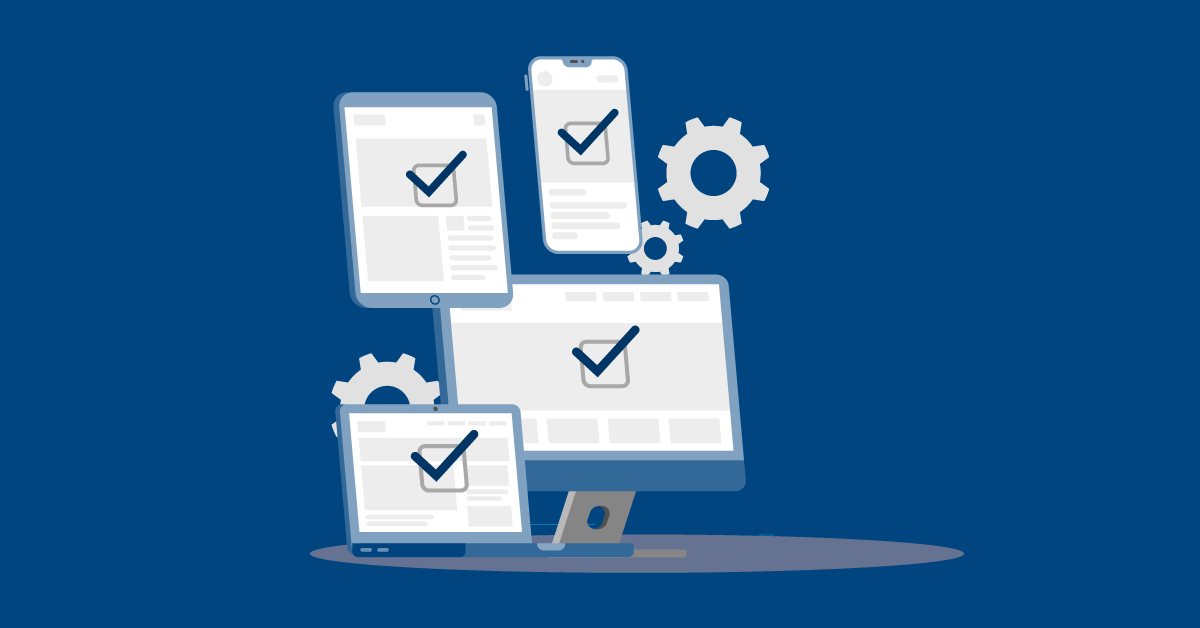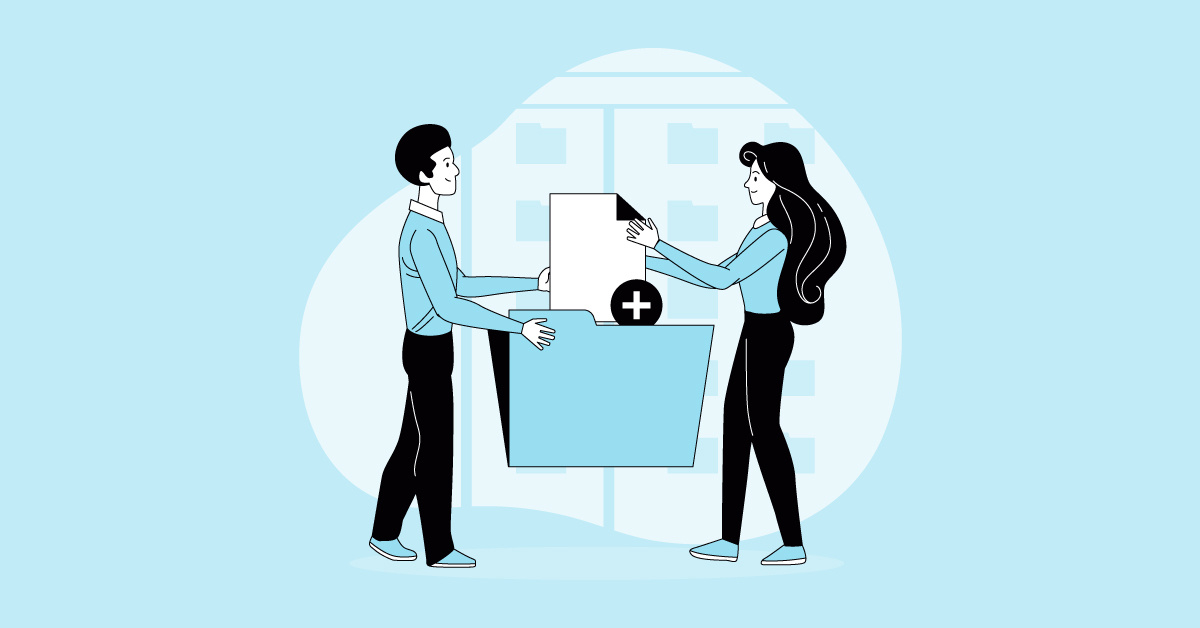As a company how many times does the word accessibility come into our strategies and project planning? According to AbilityNet, “90% of websites are inaccessible to people with disabilities who rely on assistive technology.” This has led to a negative reputation for various firms and products as well as lawsuits and fines.
According to the US Bureau of Labor Statistics (BLS), 4% of the American workforce has disabilities. So the big question arises, what are we actually doing to convince accessibility testing to be part of our testing strategies? This is where a11y accessibility comes in. More than just doing the basics of accessibility, a11y testing means implementing an entire user journey considering different support for different needs.
Summary
A11Y testing ensures your product is accessible to users with disabilities. To get stakeholder buy-in, present the business case (including legal risk, SEO, and user reach), conduct a small audit, and demonstrate improvements. Clear communication and internal champions can turn accessibility from a nice-to-have into a quality standard.
Why Is Accessibility (A11Y) Testing Important for Your Product?
Before we even talk about getting buy-in, let’s understand why it’s important to consider a11y testing as part of our working practices.
- Community: It is commendable and socially aware to be able to cater to the community you are building your applications for. Building a relationship with the customers who will use your application is vital, therefore making sure people with a disability can use your application is a great starting point for your research.
- Innovation: Any firm that focuses on a11y, and bakes this into the application, will be driving innovation making it a great move too as the application will reach a greater percentage of individuals.
- Branding: With a11y testing as part of your end product teams will be automatically enhancing their brand and making sure that it showcases how the product is robust, perceivable, understandable, and operable.
- Market Research: This is a very important step to take. Make sure that the product you’re developing is not only accessible for a B to C product but also a B to B product as well as in-house for your colleagues. As someone you may be working with could also have a disability, therefore make sure you are not only thinking about customers but also about those you work with.
- Legalities: If you are on top of a11y guidelines by law, there is little to no risk of getting into a lawsuit and fines. It will definitely save the company time, money, and a negative reputation.
If the above points are taken into account you can then say that you are providing a product that reaches a wider audience, increases the usability, satisfies current and future legal requirements and ethics, and finally improves the maintainability and efficiency of your product leaving it perceivable, operable, understandable, and robust.
How Can You Get Buy-in for Accessibility Testing?
The first step to start from is to have an understanding of what actually accessibility is and look into the following resources:
- WCAG
- Conformance Levels (what your product will comply with)
- Country specific laws
- Type of testing you want to conduct (manual and/or automated)
- Type of tools that exist
- Skills required
Once you have accomplished the above requirements of accessibility. You will have a great understanding of how to proceed from there onwards. The next step would then be to understand if your colleagues have any knowledge of accessibility or have worked on this in the past. It would be good to have a chat over a coffee and see if anyone from the engineering team can support your ideas and thought processes by explaining the benefits behind it.
Furthermore, after all the research you can also test some parts of the product with the tools you have researched and see what vulnerabilities you find and what they actually mean with the help of the UX team and developers. Having an idea of where your product is by using the tools helps a lot to get buy-in from higher management as this also serves as a great demo.
You can now prepare an informative session to discuss what your findings were and how to improve on them. For example, if a color is not accessible, what’s the nearest color that is accessible? Or if you are using headings and jumping from H1 to H3 then you should have a H2 somewhere for instance. Follow an accessibility tree for guidance.
Finally, you are ready to showcase your findings, research, and demo to the wider team to get buy-in as you understand your system, have researched with your colleagues, have suggested changes, and can use different tools to conform with WCAG and the conformance levels. It’s very important to have this as part of your testing strategy and, if possible, get the accessibility audited within the team.
What Should You Do If You Don’t Get Buy-in for A11Y Testing?
Many factors will play into your conversations which may mean saying no to accessibility being part of your strategy. This could actually be due to project budgets, time, and resources too. Therefore it’s worth having a further discussion. However, you can try asking the following questions to see if minds change.
1. Is it worth risking it by releasing a product to the public that has no accessibility considered?
2. How can you reach more users and be socially aware?
3. If there is no budget, you can try free tools as the majority of a11y tools are free/plugins.
4. It’s an important area to think about and make your engineering teams a11y aware.
Also, sometimes when we’re presenting ideas, we think that the message has been digested well by the audience. Even so, this can be tricky as many times the audience is left puzzled and may need more coaching and support on the topic.
What would help is to have a simple and clear message when communicating even in your meeting agenda. As George Bernard Shaw says: “The greatest problem with communication is the illusion that it has been accomplished.”
Final Thoughts: Making A11Y Part of Your QA Strategy
Accessibility is a vital topic to be introduced in many engineering teams and companies. We can see that various firms are not doing it well, and are facing serious lawsuits and fines. We need to be empathetic and socially aware that there are more individuals who are keen to use our applications too and we should respect their needs, this is not just the customer but also our colleagues.
Introducing accessibility into a team can go several ways, from quite easy and smooth to very disruptive. Collaborate within your teams and speak your ideas in order to change some minds and make your colleagues understand the importance of a11y testing.
Frequently Asked Questions
What is A11Y testing?
A11Y (accessibility) testing ensures digital products are usable for people with disabilities, including those using screen readers, keyboards, or alternative input methods.
Why is it hard to get buy-in for accessibility testing?
Teams may overlook accessibility due to budget, time, or lack of awareness. Framing it as risk mitigation and a UX enhancement can help win support.
How can I prove the value of accessibility testing to stakeholders?
Conduct a small audit using free tools, document the issues, and demonstrate how minor fixes enhance usability. Use real-user feedback when possible.
Are there free accessibility testing tools I can use?
Yes! Tools like Axe, WAVE, and Lighthouse offer free browser extensions to check contrast, labeling, structure, and more.
What’s the difference between manual and automated A11Y testing?
Automated accessibility tools catch technical issues fast. Manual testing, especially with assistive tech, uncovers real-world usability challenges. The best approach combines both.
Related Articles




%20(1).png?width=150&height=69&name=MuukTest-logo---light-background%20(3)%20(1).png)
